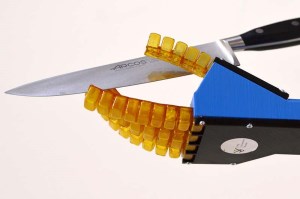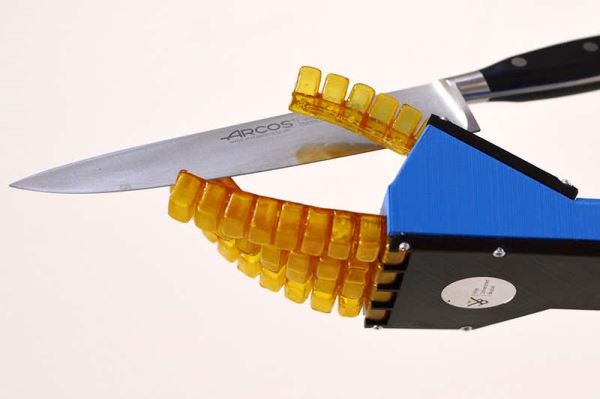Researchers from the University of Cambridge in the UK are using self-healing materials and machine learning to create a next-generation robot that can repair itself when damaged – and resume operations.
The goal of the €3 million (A$5 million) self-healing soft robot (SHERO) project, funded by the European Commission, is to make complex, costly repairs a thing of the past.
The “self-healing” process would all be done without the need for human interaction.
Led by the University of Brussels (VUB), the research consortium includes the Department of Engineering (University of Cambridge), École Supérieure de Physique et de Chimie Industrielles de la ville de Paris (ESPCI), Swiss Federal Laboratories for Materials Science and Technology (Empa) and the Dutch Polymer manufacturer SupraPolix.
As part of the SHERO project, the Cambridge team, led by Dr Fumiya Lida from the Department of Engineering are looking at integrating self-healing materials into soft robotic arms.
Dr Thomas George Thuruthel, also from the Department of Engineering, said self-healing materials could have future applications in modular robotics, educational robotics and evolutionary robotics where a single robot can be “recycled” to generate a fresh prototype.
“We will be using machine learning to work on the modelling and integration of these self-healing materials, to include self-healing actuators and sensors, damage detection, localization and controlled healing,” he said.
“The adaptation of models after the loss of sensory data and during the healing process is another area we are looking to address. The end goal is to integrate the self-healing sensors and actuators into demonstration platforms in order to perform specific tasks.”
Professor Bram Vanderborght, from VUB, who is leading the project with scientists from the robotics research centre Brubotics and the polymer research lab FYSC, said: “With this research we want to continue and, above all, ensure that robots that are used in our working environment are safer, but also more sustainable.”
The researchers said trials so far suggest healing can take only seconds or up to one week for soft robotics, depending on the extent and location of the damage.
This article was republished from the University of Cambridge.


